Whitton Hall is situated in one of the most stunning parts of Shropshire, close to the Welsh border and surrounded by 500 acres of grazing and ancient woodland.
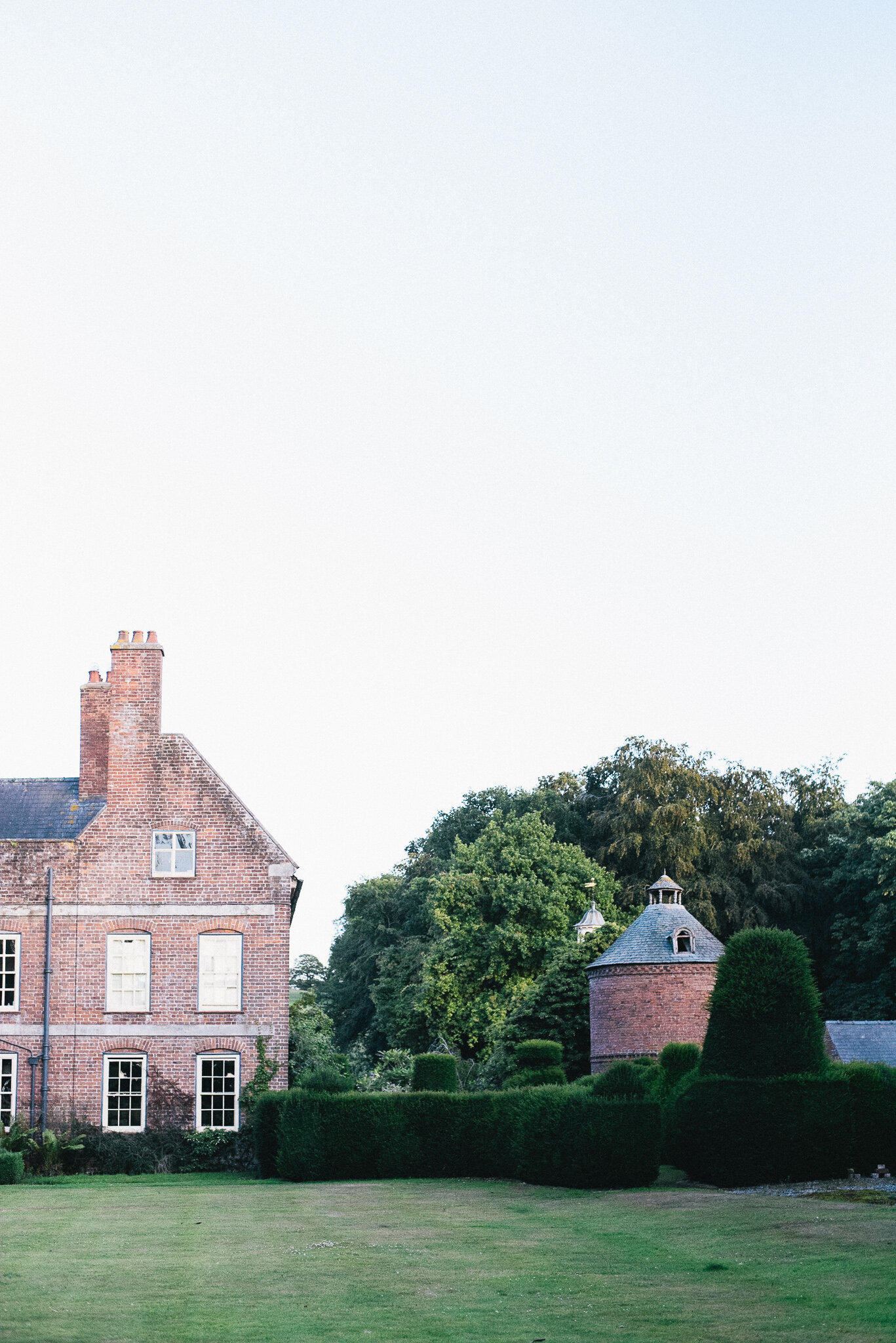
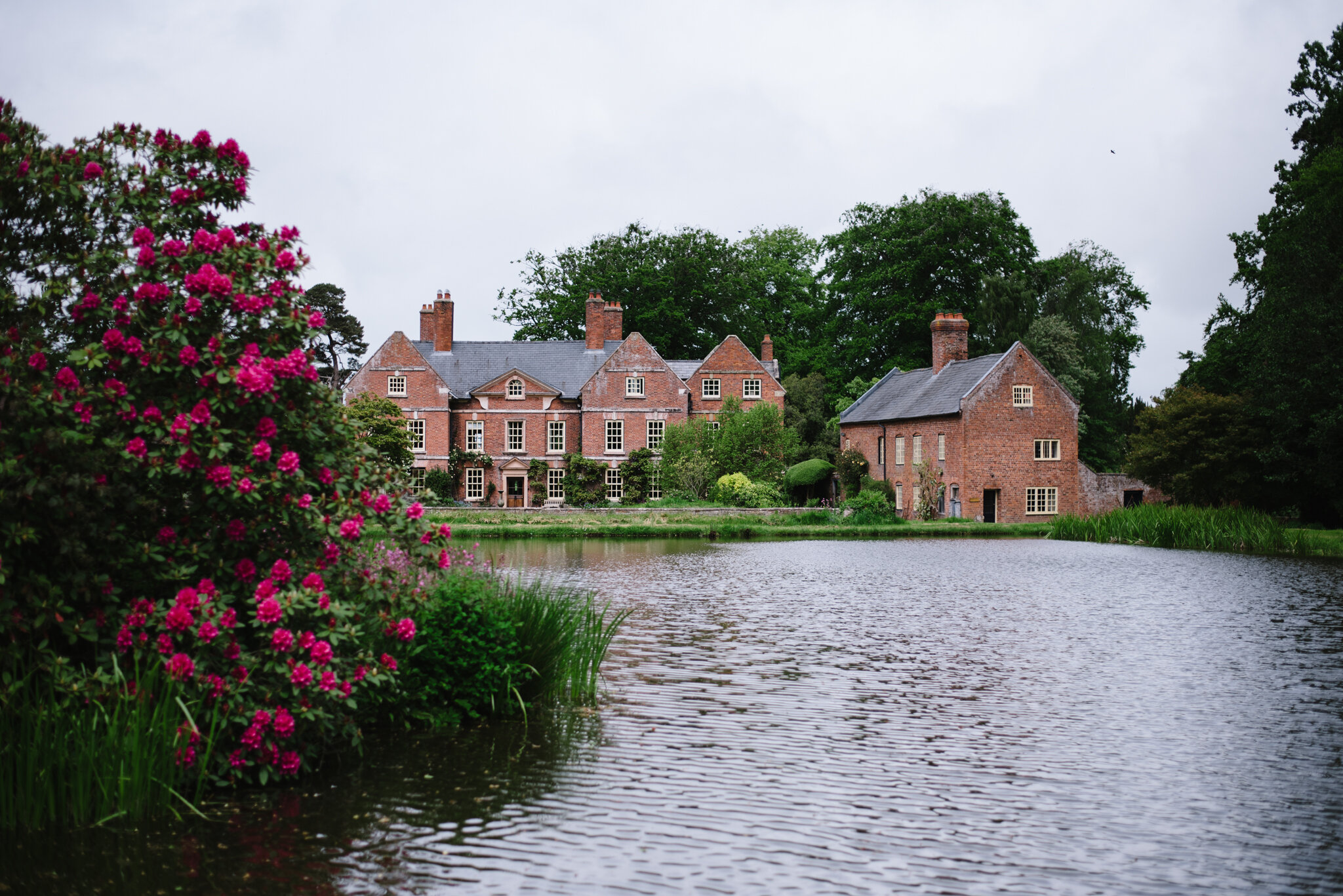


The House.
There was a house at Whitton from very early times however the only remains are the site which is marked by a rectangular moat. There is a lake in front of the house and below it the Horse Wash where the wagon-horses would drive through to wash the mud from their legs.
The existing house is a fine example of the late Queen Anne/early Georgian period and occupies a south-facing position. At the South-west corner is a circular dovecote of the same period as the house, with nest holes for 520 pigeons. The revolving pole with arms for the ladder is still in place as is the leaded cupola on top supported by turned pillars.
The garden at the front is enclosed on either side by a long-range of stabling and outbuildings. The west side has a weather vane of wrought ironwork with the inscription of the Topp family who built the existing house in the 18th century. Evidence of the Topp family can still be found in the garden walls with carved initials, and on the wooden summer house where there is a carved wooden finial in the style of the Topp family crest: the victor and the vanquished. In St Mary’s Church in Westbury, visitors can find the Whitton Chapel with the tombs of the Topps.
The interior of Whitton Hall still retains much of the original character. The oak staircase is perhaps the most interesting: the balustrade has three different patterns of balusters and is mentioned in Forrester’s book of Historic Houses. Some of the rooms are panelled and the leaded window on the back stairs is thought to come from the original house. The current dining room was originally the kitchen.
The Garden.
Beneath massive mature beeches and pines and around the lake and the moat, the gardens have evolved naturally with plants for all seasons as well as specimen trees and shrubs.
Informal planting and low maintenance make this place a haven for wild life but also a garden full of surprises.
February brings a carpet of crocus followed by daffodils everywhere.
Come in May for the display of old rhododendrons backed up by azaleas and bluebells. Original brick walls and cloud-yew hedges enclose borders where peonies, shrub roses, irises, geraniums and asters all have their place.
In October autumn leaves take over and the colours and the reflection in the water in the autumn light will be remembered. Take time to stroll around the lakes and through the woods.
There’s peace and quiet here - and darkness at night-time.
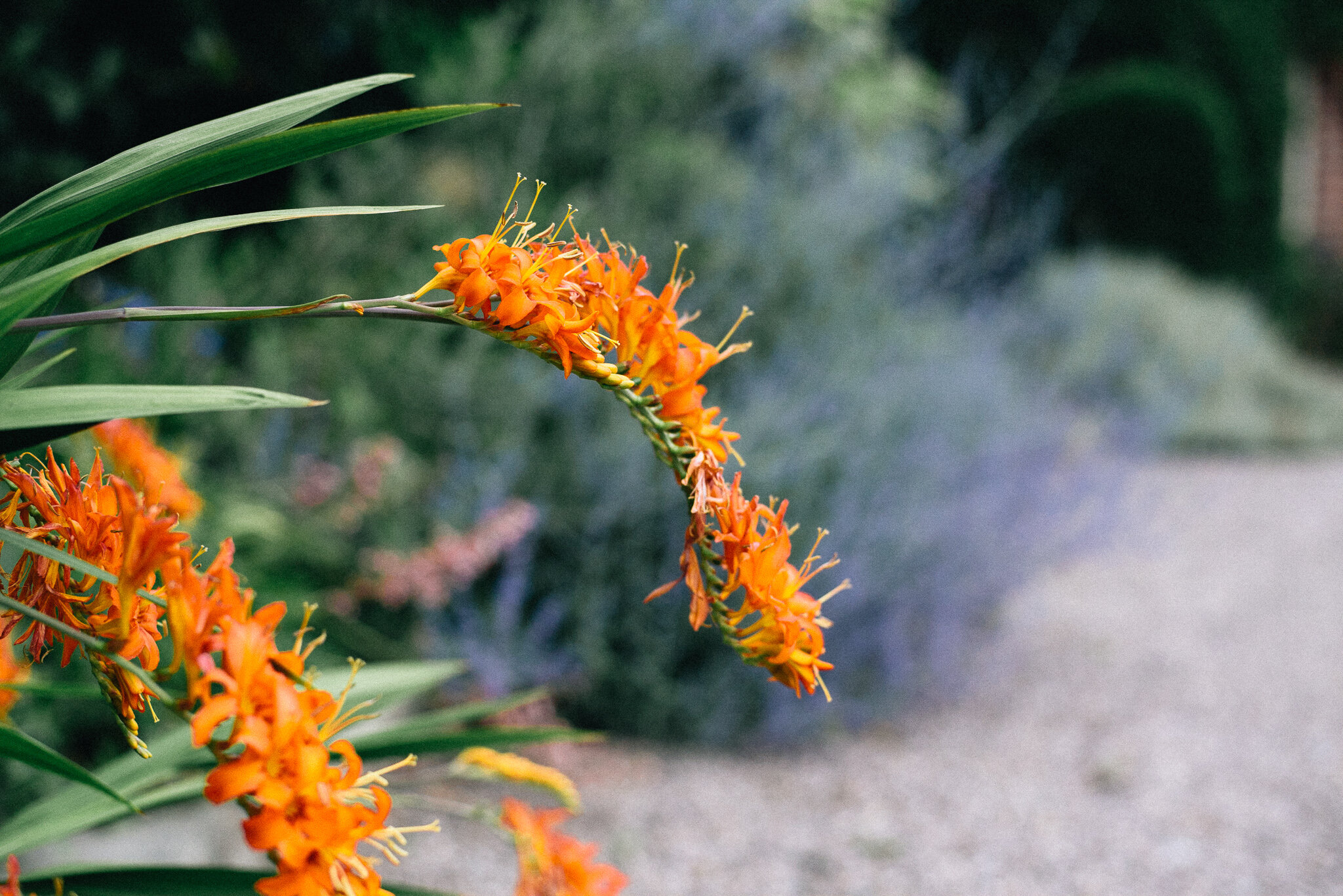
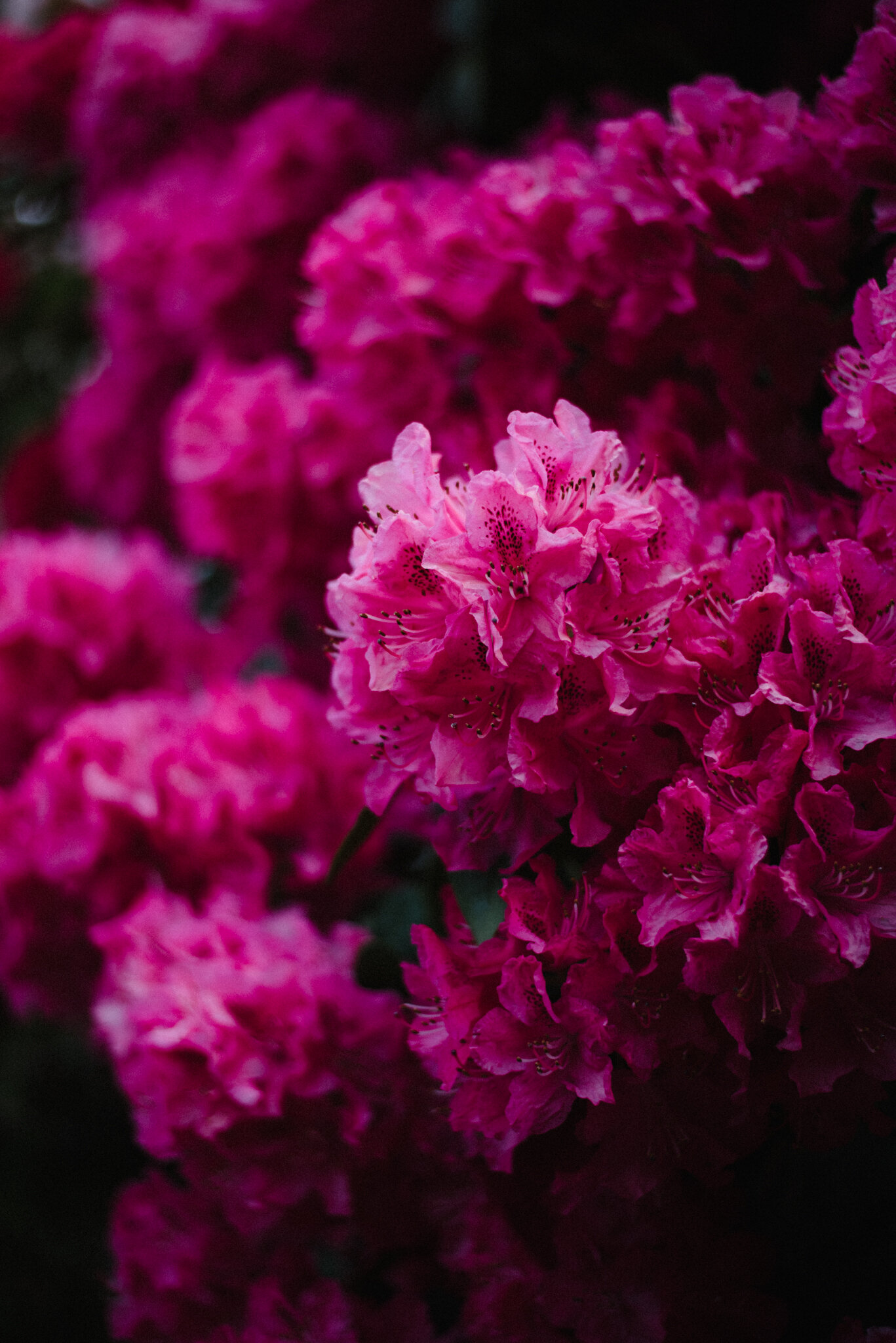
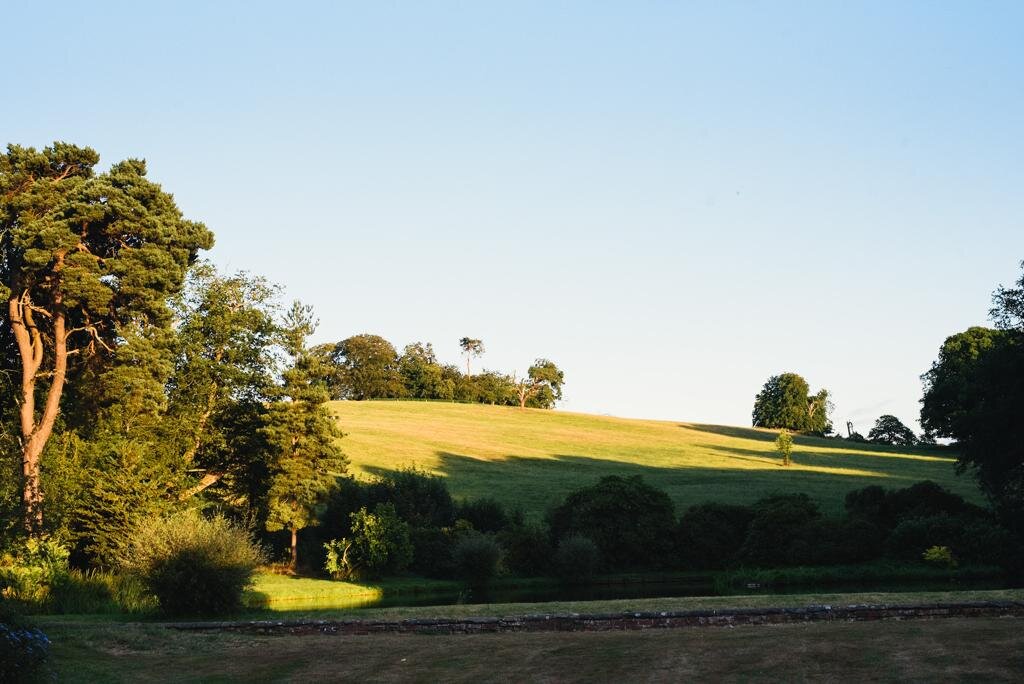
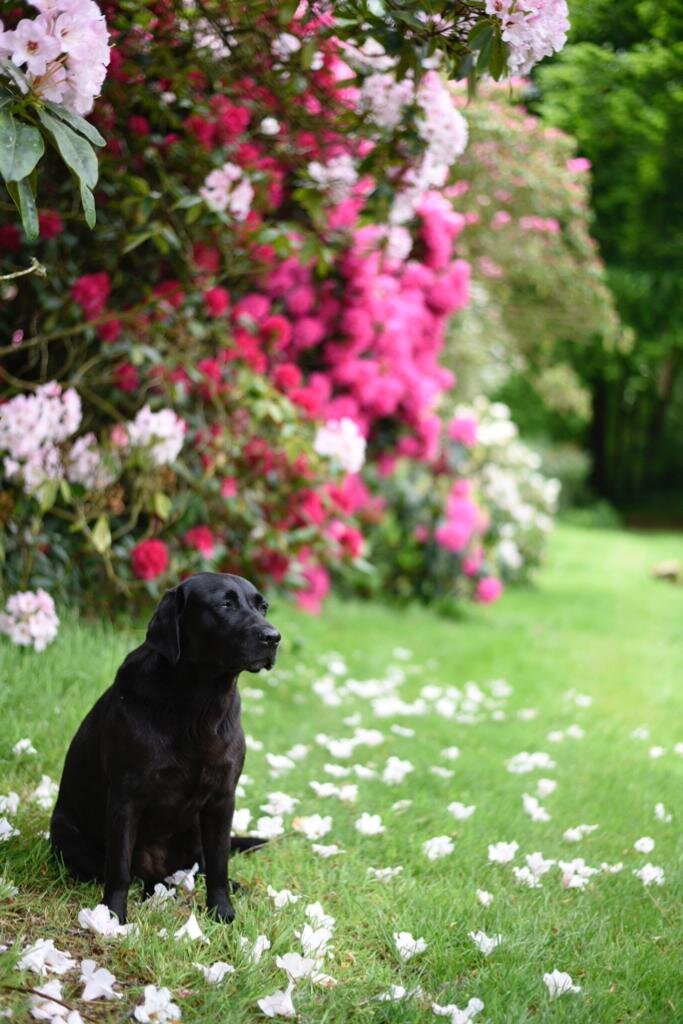
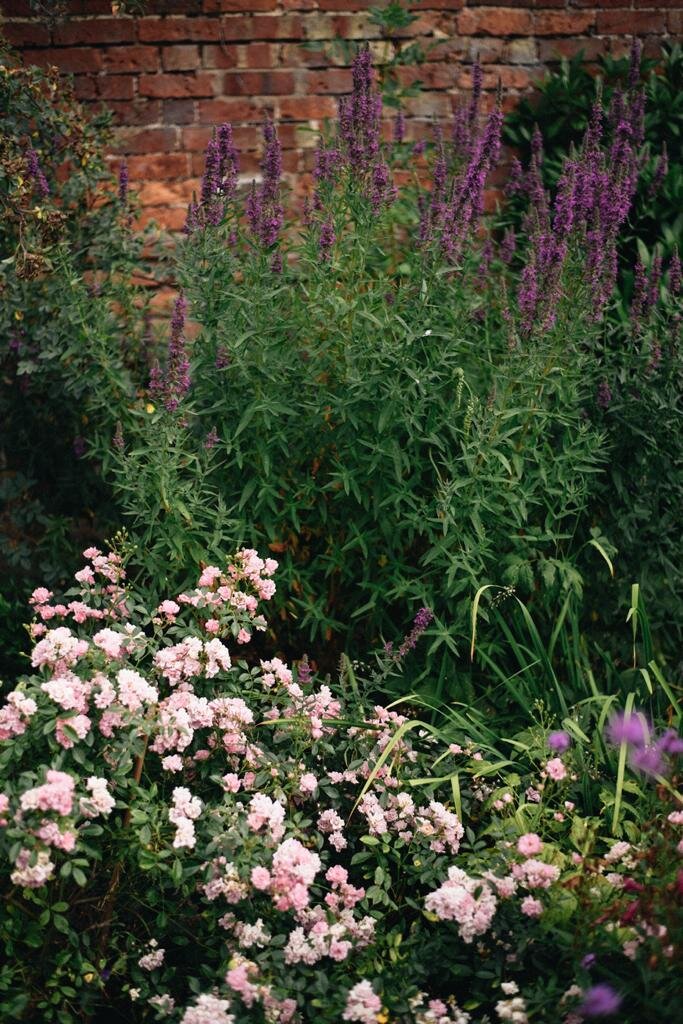


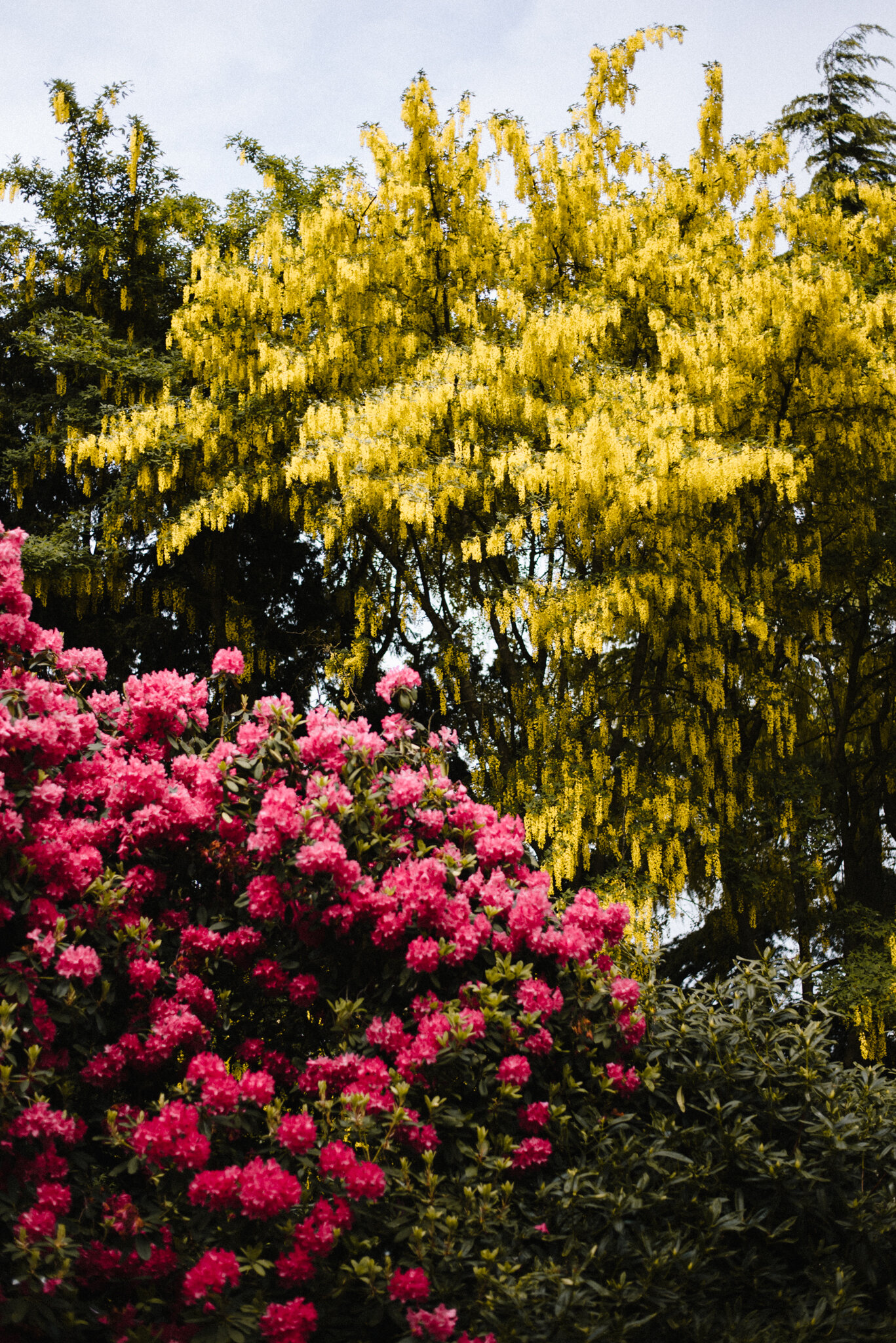

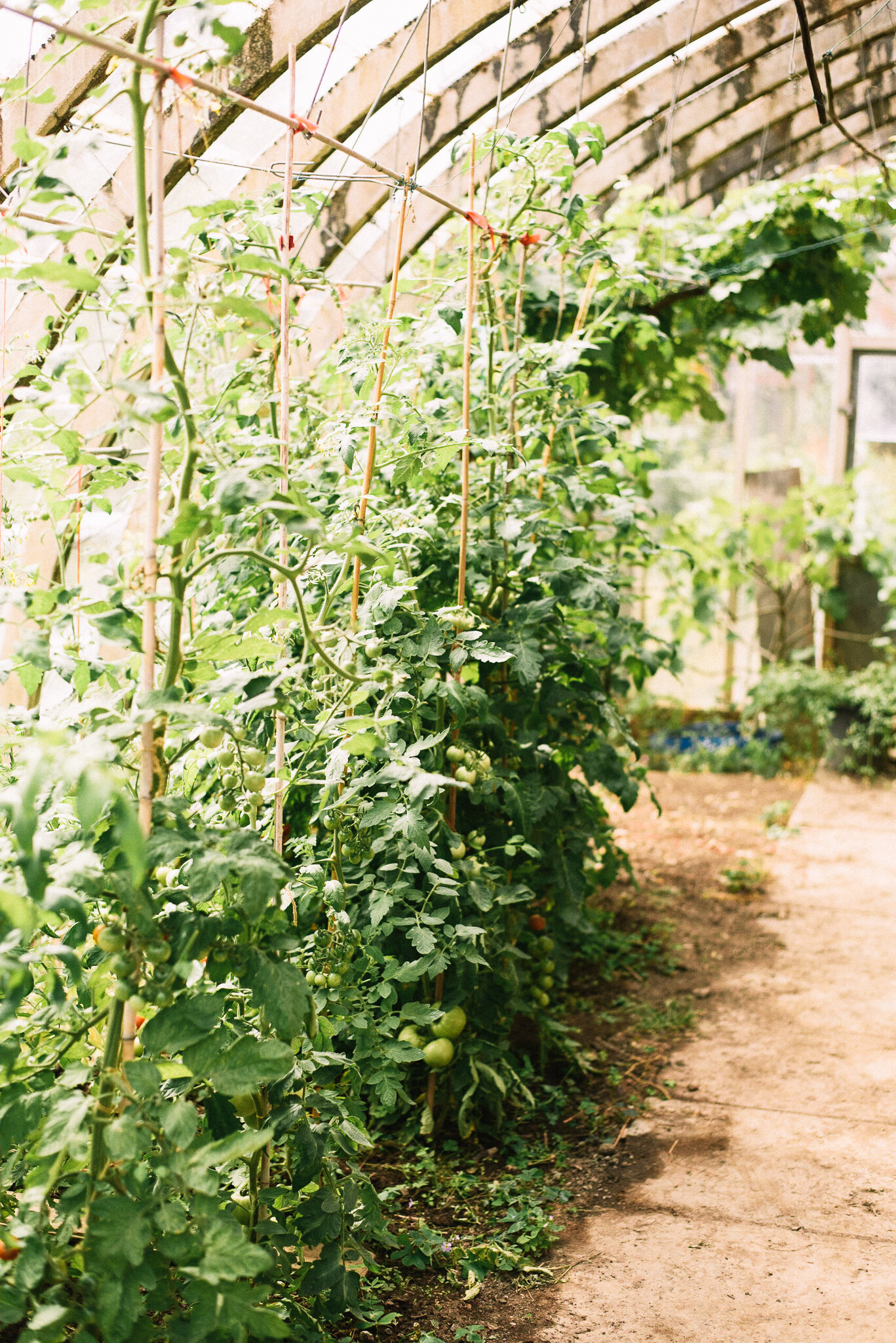


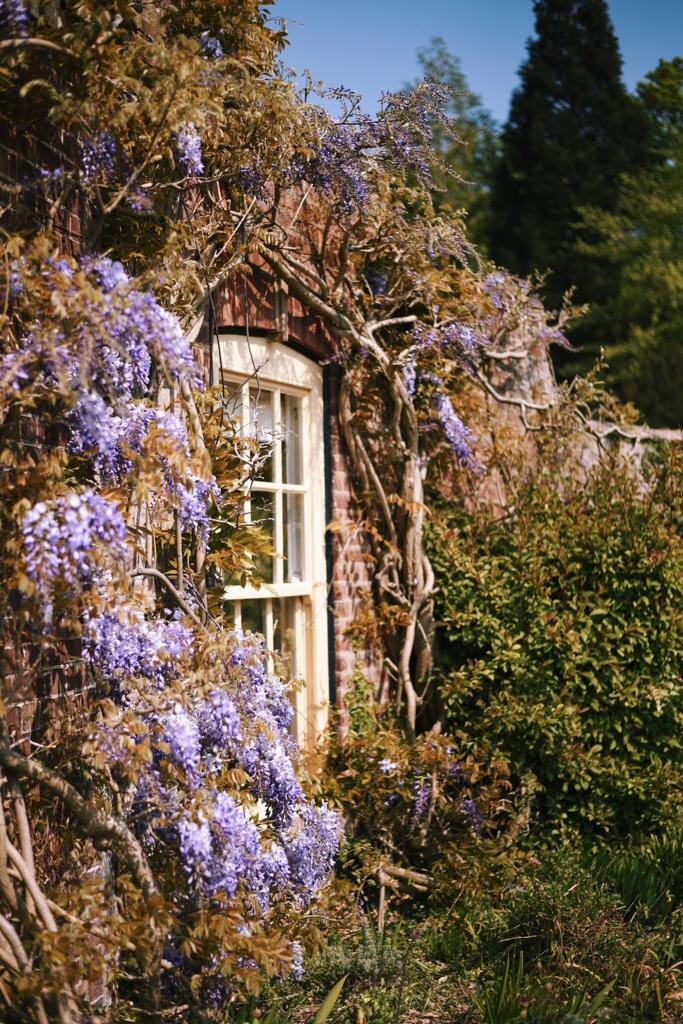


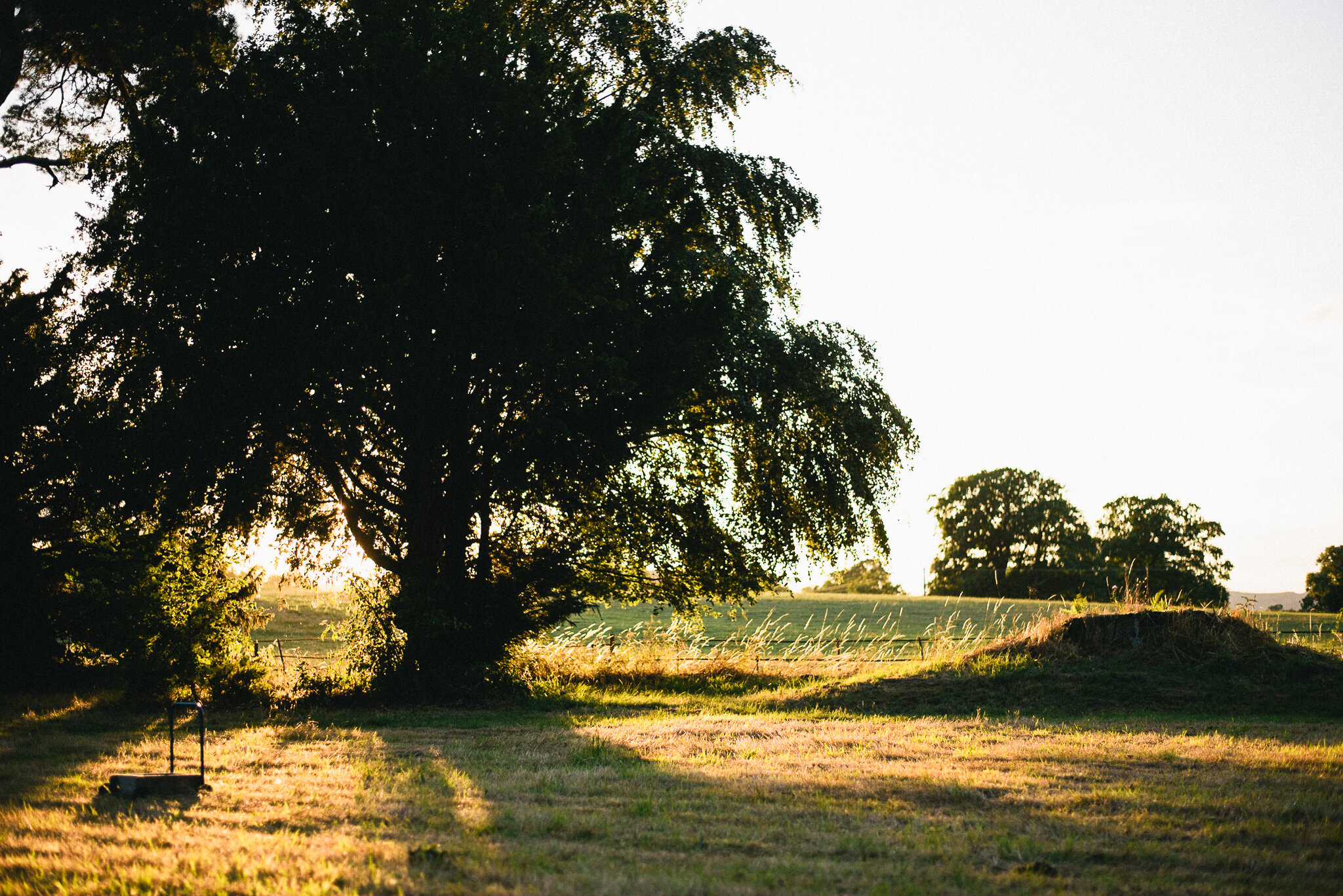
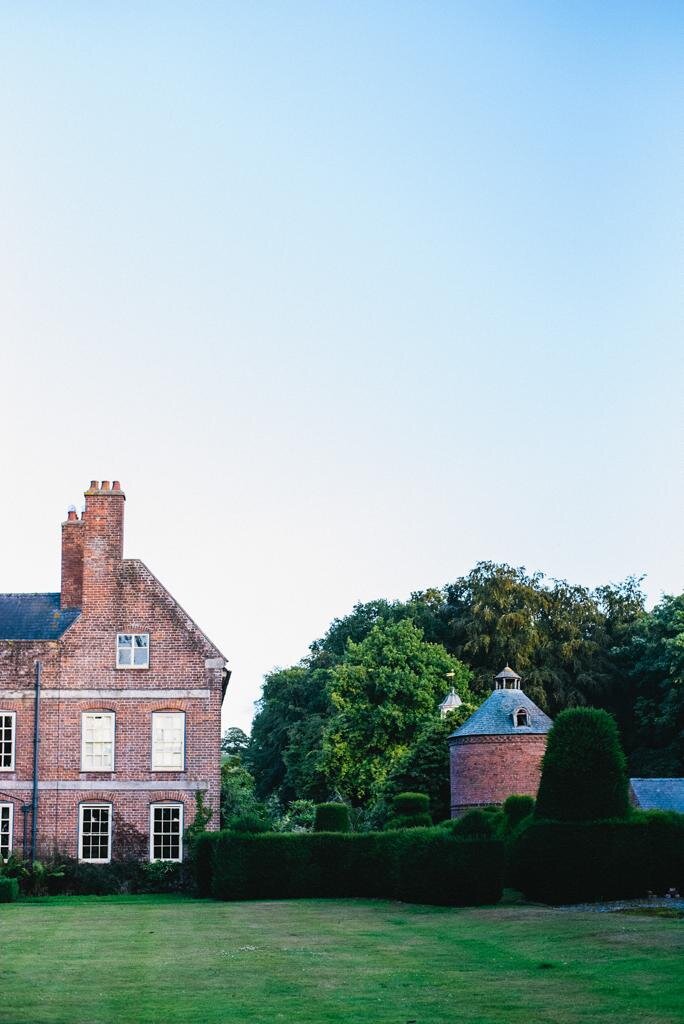
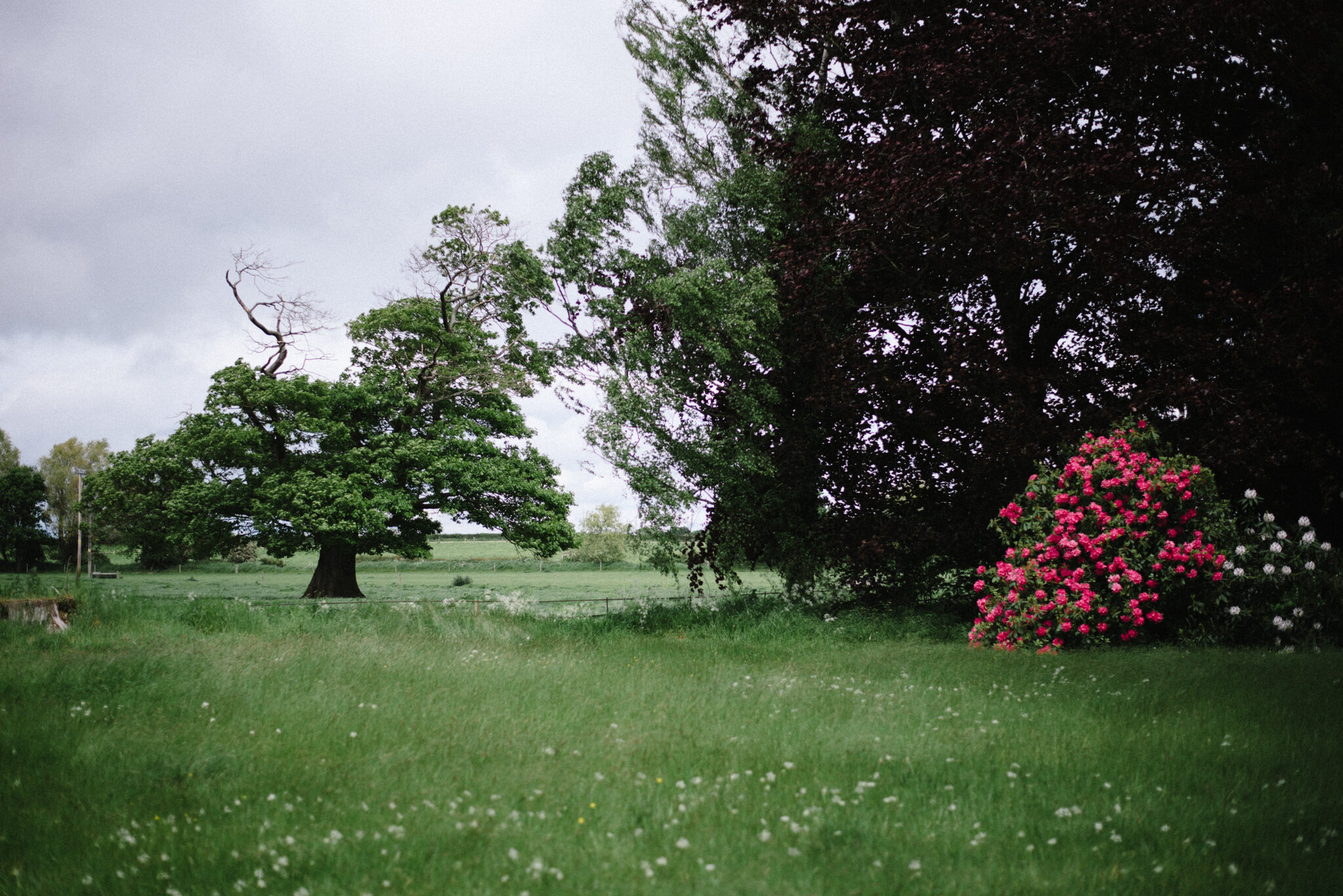

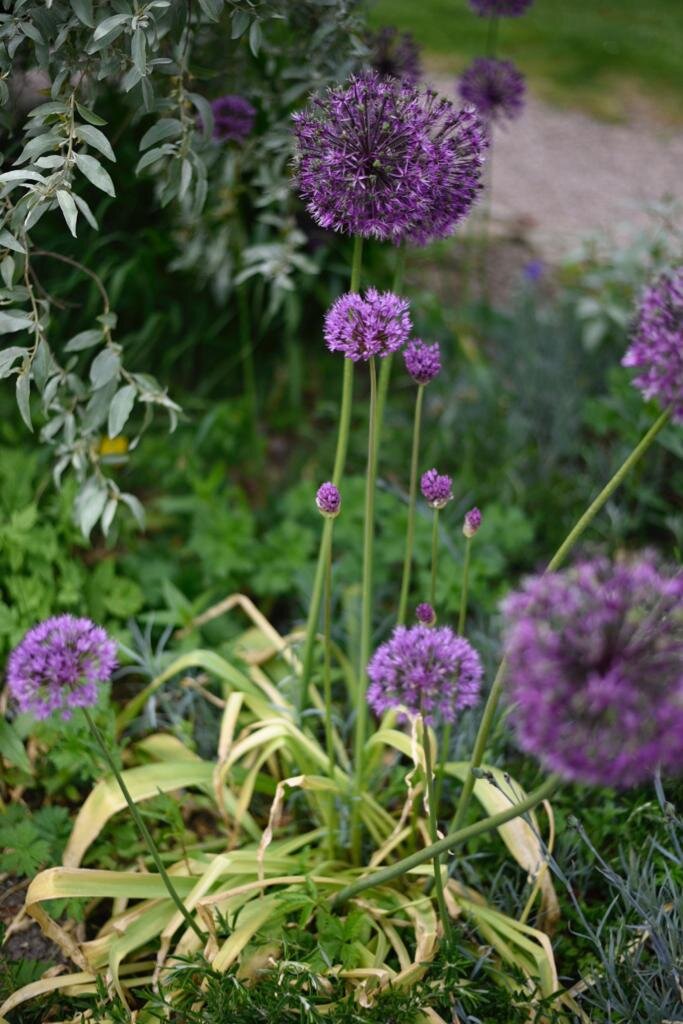
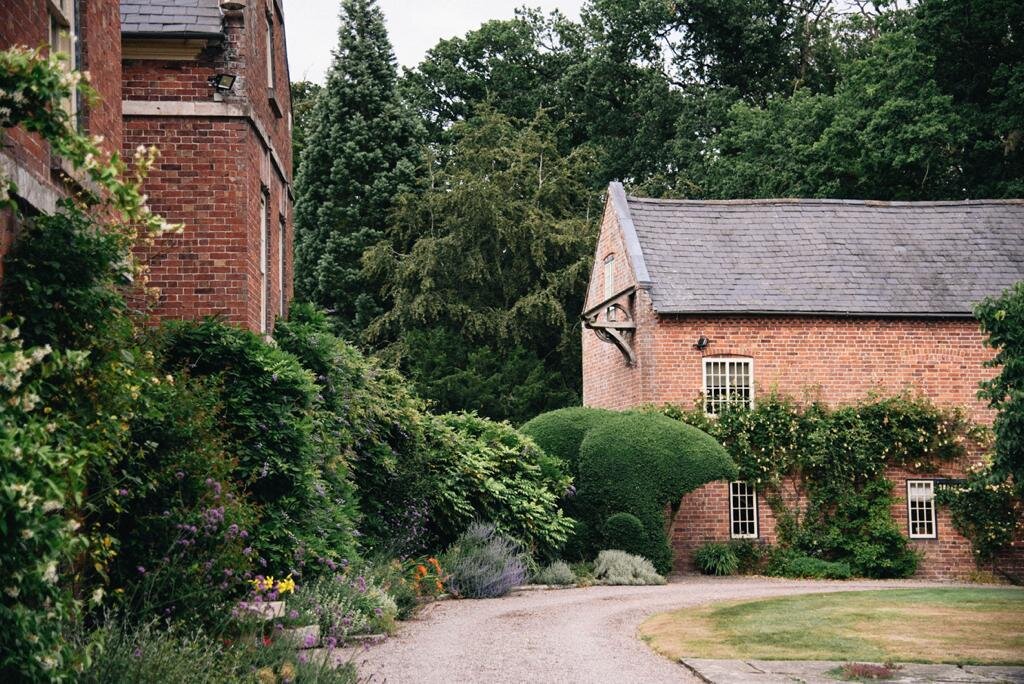
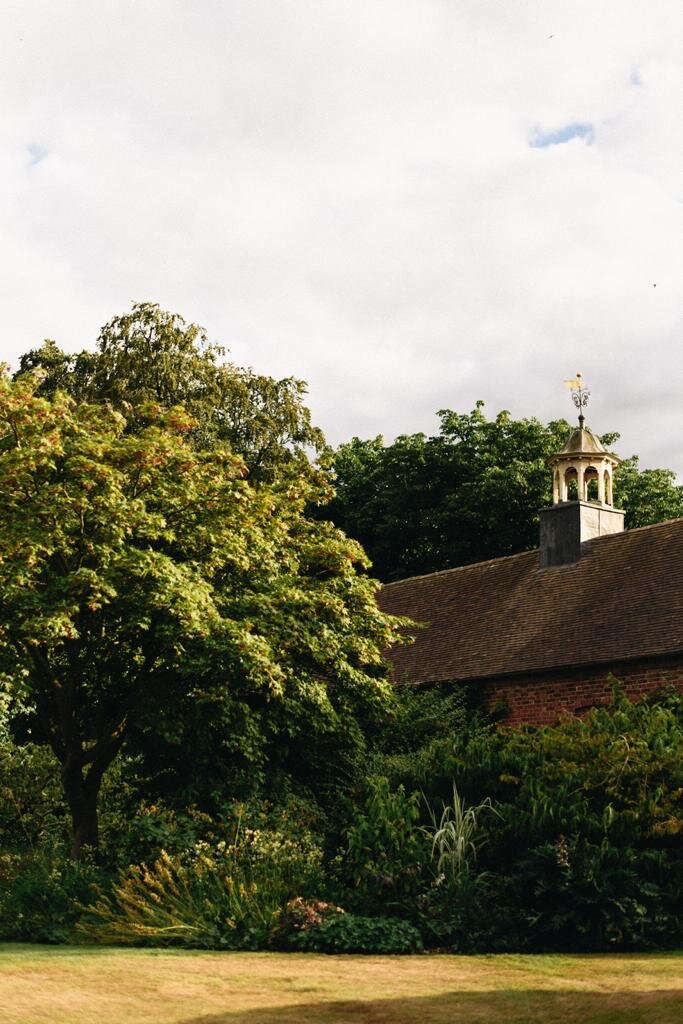
The Farm.
The farm at Whitton is well-known for its herd of Jersey cows. The Whitton Herd was established in the 1950s by the late Mary Halliday and her son Christopher. Over the years the herd has been further developed by Christopher's younger son Tom Halliday to over 600 cows with a large proportion of the herd still being Jerseys.
The emphasis is strongly based on producing milk from forage production. The farm is managed around a 450-acre grazing platform and the herd is milked through a 50 point rotary parlour, twice a day, at a rate of 350 cows per hour.
The Whitton Herd operates a spring block calving system. i.e. the entire herd will calve down between mid-February and the beginning of April, thus making full use of the lush spring grass. All the calves and young stock are reared on the farm.
With over 800 head of cattle to manage there is a high emphasis on the environmental impact. We take our responsibility as custodians of the countryside very seriously.
We are happy to show anyone who is interested around the farm. For more information, email our Farm Manager: anthony@whittonhall.com.








